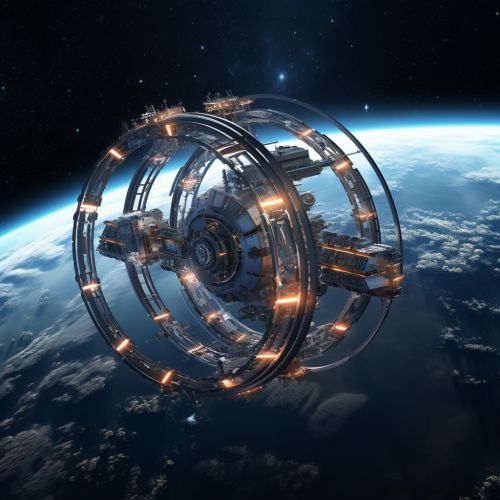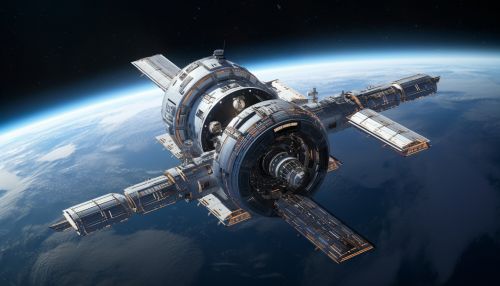The Physics of Artificial Gravity and Space Habitats
Introduction
Artificial gravity is a concept that has been a staple of science fiction for many years, but it is also a serious area of study within the field of physics. In the context of space habitats, artificial gravity could play a crucial role in maintaining the health and well-being of inhabitants over long periods of time. This article will delve into the physics behind artificial gravity, its potential applications in space habitats, and the challenges that need to be overcome to make it a reality.
Physics of Artificial Gravity
Artificial gravity is the creation of an outward force that mimics the effects of gravity in an environment where the natural force of gravity is not present or is significantly reduced. This is typically achieved through the use of centrifugal force, which is the apparent force that draws a rotating body away from the center of rotation.


Centrifugal Force
Centrifugal force is a type of inertial force that acts on a body moving in a circular path. It is directed away from the axis of rotation and can be calculated using the formula F = mω²r, where F is the centrifugal force, m is the mass of the object, ω is the angular velocity, and r is the radius of the circular path.
Creating Artificial Gravity
The concept of creating artificial gravity through centrifugal force involves designing a space habitat to rotate around a central axis. As the habitat rotates, the centrifugal force pushes objects (including inhabitants) towards the outer edge of the habitat, creating a sensation similar to gravity.
Space Habitats and Artificial Gravity
The concept of a space habitat is a self-contained environment capable of supporting human life in space. These habitats could be used for long-term space exploration missions, colonization of other planets, or as a means of coping with overpopulation on Earth.
Health Implications
One of the primary reasons for considering the use of artificial gravity in space habitats is the health implications of living in a microgravity environment. Long-term exposure to microgravity can lead to a number of health issues, including muscle atrophy, bone density loss, and changes in cardiovascular function. Artificial gravity could help mitigate these health risks by providing a simulated gravity environment.
Design Considerations
Designing a space habitat with artificial gravity presents a number of challenges. The habitat must be large enough to provide a comfortable living environment, but it also needs to rotate at a speed that generates the right amount of centrifugal force without causing discomfort due to Coriolis effects. Additionally, the structure must be strong enough to withstand the stresses caused by the rotation.
Challenges and Future Research
While the concept of artificial gravity is theoretically sound, there are a number of practical challenges that need to be overcome. These include the engineering challenges of building a large, rotating space habitat, the physiological challenges of living in a rotating environment, and the logistical challenges of launching and maintaining such a structure in space.
Despite these challenges, research into artificial gravity and space habitats continues. Advances in materials science, engineering, and space travel technology could make these concepts a reality in the not-too-distant future.
